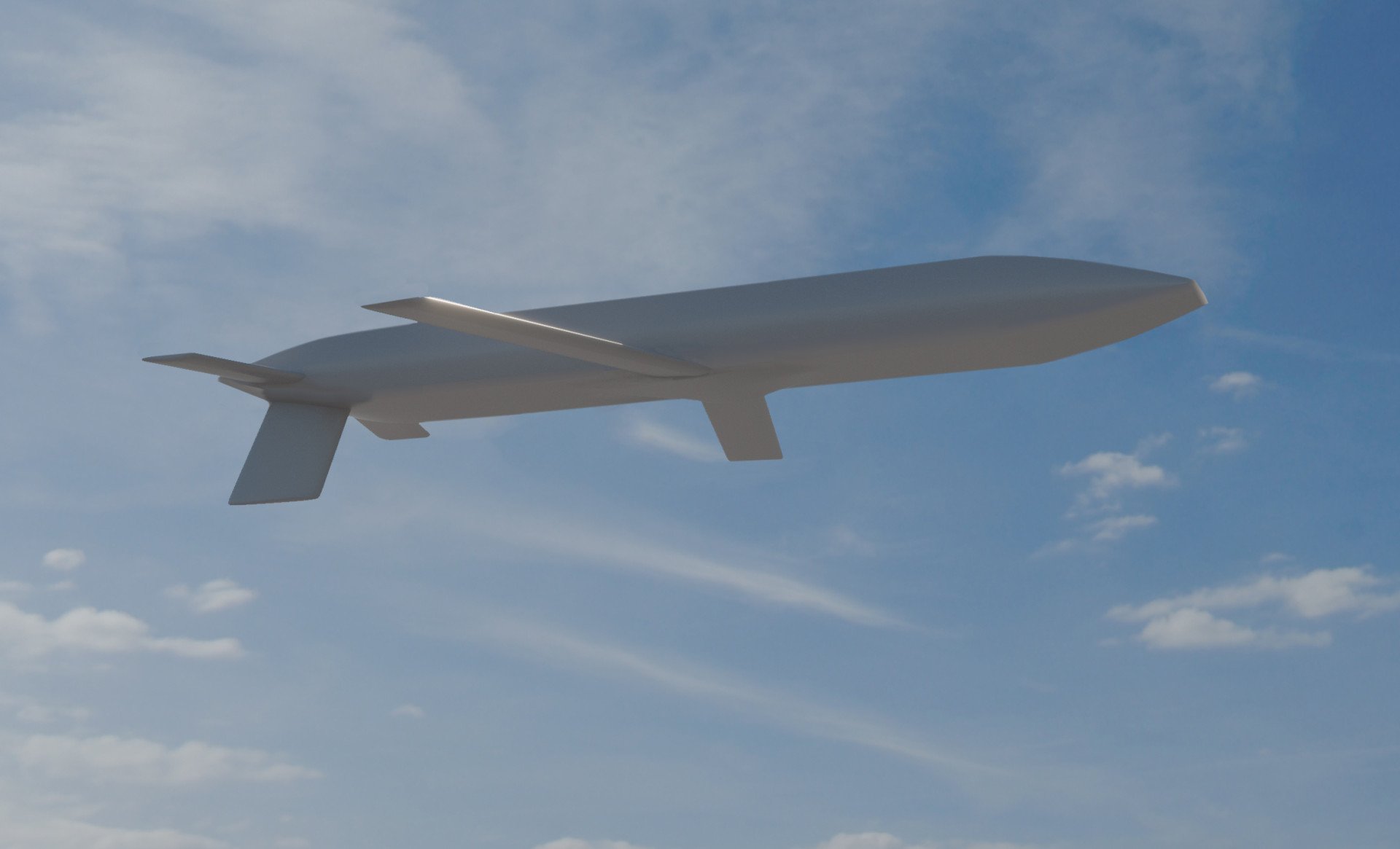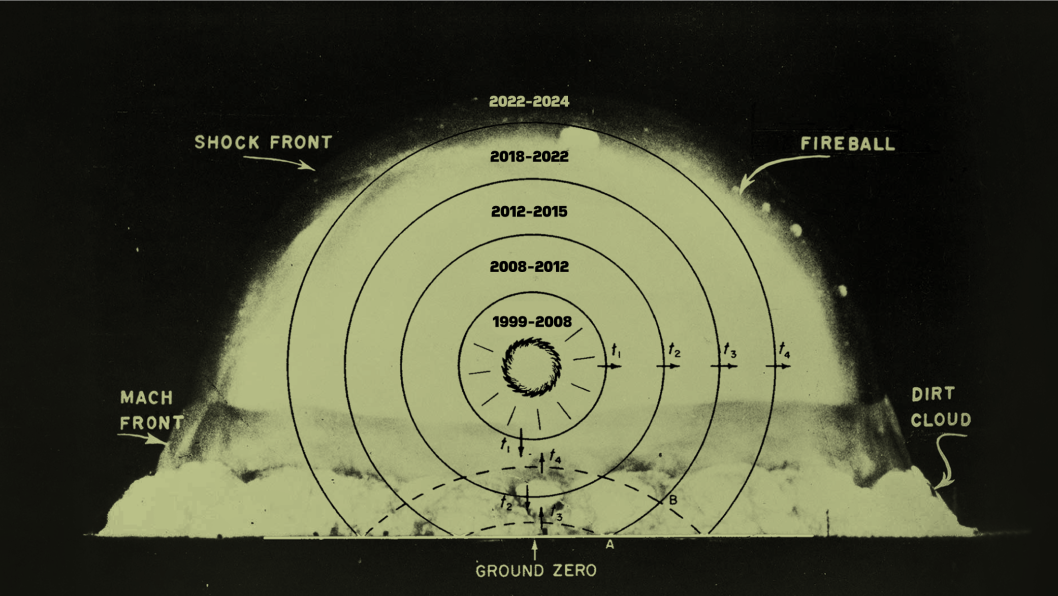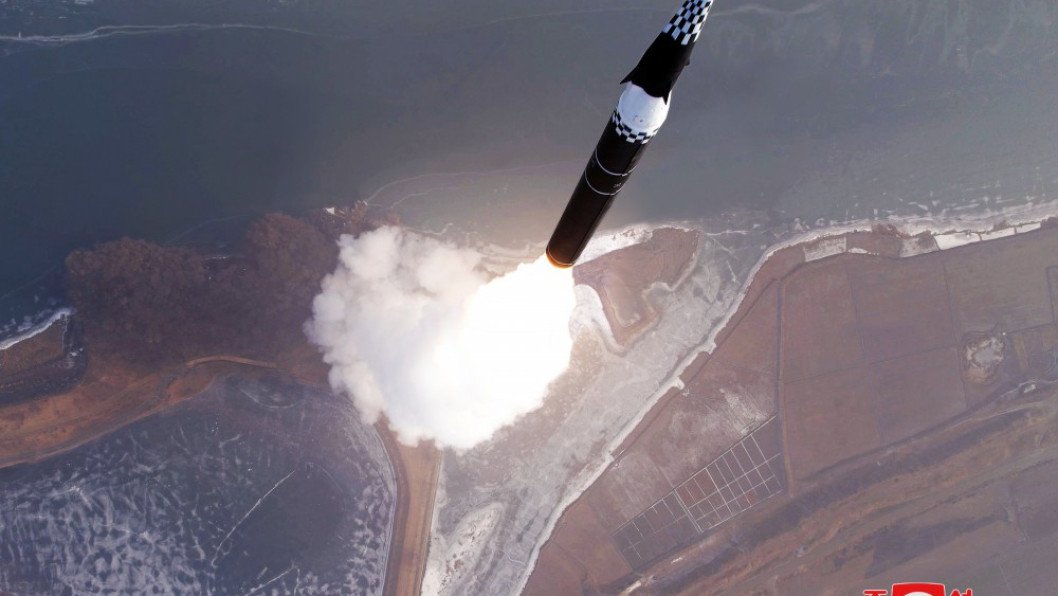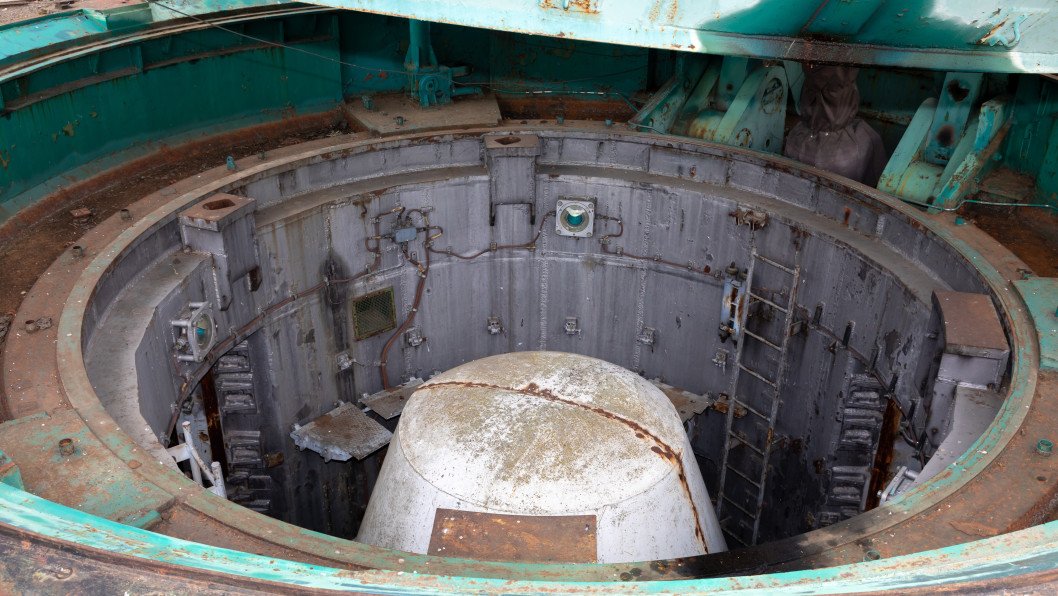- Category
- Latest news
US Unveils $16B Stealth Nuclear Missile in Strategic Warning to Russia, China and North Korea

The US Air Force unveiled the first official rendering of its next-generation nuclear cruise missile, the AGM-181 Long-Range Standoff (LRSO), marking a major milestone in the effort to modernize America’s airborne leg of the nuclear triad.
The image, released on June 9 offers a glimpse of the stealthy, high-tech weapon developed by Raytheon Technologies—though its full design remains classified, defense media outlet Army Regontion reported on June 13.
The rendering shows a sleek, trapezoidal missile with a wedge-shaped nose, folding wings, and a vertical tail fin mounted underneath—engineered to reduce radar visibility and survive deep inside heavily defended airspace. Notably missing from the image is the air intake, which may have been deliberately obscured or relocated to preserve operational security and minimize detectability.
-3873ac369bf1de5a48a9208e6568548e.png)
The AGM-181 LRSO is designed to replace the aging AGM-86B Air-Launched Cruise Missile (ALCM), in service since 1982. The new missile will be deployed from both the upgraded B-52J Stratofortress and the stealthy new B-21 Raider bomber, forming a key part of America’s future nuclear strike force.
Powered by a Williams F107-WI-106 turbofan engine, the LRSO is expected to fly at subsonic speeds with a classified range projected to exceed 2,500 kilometers (over 1,500 miles). The missile will carry a W80-4 thermonuclear warhead with selectable yields of 5 or 150 kilotons, modernized for improved safety, reliability, and security. Production of the warhead is scheduled to begin in 2027.
The weapon is being engineered for contested battlespaces, capable of navigating without GPS, operating under electromagnetic jamming, and autonomously adjusting its flight path mid-mission. Its stealth, emissions controls, and advanced electronics aim to ensure it can penetrate modern air defenses and strike high-value strategic targets even in denied environments.

From secret prototypes to a $16 billion investment
Raytheon won the sole-source development contract in 2020 after a head-to-head competition with Lockheed Martin, who had developed the rival YAGM-180A prototype. The program entered full-scale development in 2021 under a $2 billion cost-plus contract.
Flight testing began in 2022, including critical separation and navigation tests from B-52 platforms. The LRSO passed its Critical Design Review in March 2023, clearing the path for low-rate production starting in fiscal year 2027.
-a163287344d111be7286b1d419b901a9.png)
In total, the Air Force plans to acquire 1,087 missiles, including 67 test units. Each operational unit is expected to cost between $13–14 million, with the overall program cost estimated at $16 billion—plus an additional $7 billion for sustainment over 30 years. Procurement is set to peak in 2028 at $1.7 billion.
Despite its nuclear role, a conventionally armed LRSO variant was abandoned in favor of existing long-range options like the AGM-158B JASSM-ER and the future JASSM-XR.
Backbone built for decades of deterrence
The missile is being developed with a modular open-system architecture to ease future upgrades, streamline logistics, and cut costs. The Air Force is heavily investing in digital engineering to maintain control over the technical baseline and drive efficiencies in manufacturing and sustainment.

Scheduled to enter operational service by 2029 or 2030, the LRSO will serve as the United States’ primary air-launched nuclear strike option for the next three decades.
Defense officials say it fills a critical deterrence gap as the older AGM-86B approaches obsolescence and past successors, like the AGM-129 Advanced Cruise Missile, remain retired.
Ultimately, the LRSO is not just a missile—it’s a strategic signal to rivals like Russia, China, and North Korea that the US intends to maintain a credible, modern nuclear arsenal capable of operating in the most complex threat environments of the 21st century.

Earlier, Russian leader Vladimir Putin boasted that Russia possesses the most modern nuclear triad in the world.
“Ninety-five percent of the systems within the strategic nuclear forces are now modern,” he claimed. “This is a good indicator—in fact, the highest among all nuclear powers in the world.”
The meeting focused on shaping Russia’s new state armament program for the 2027–2036 period.


-ce9a134791207c81306f56ab3d75ffb6.jpg)
-72b63a4e0c8c475ad81fe3eed3f63729.jpeg)
-45ed3be17a7bb74903649ed9258196f8.jpg)

